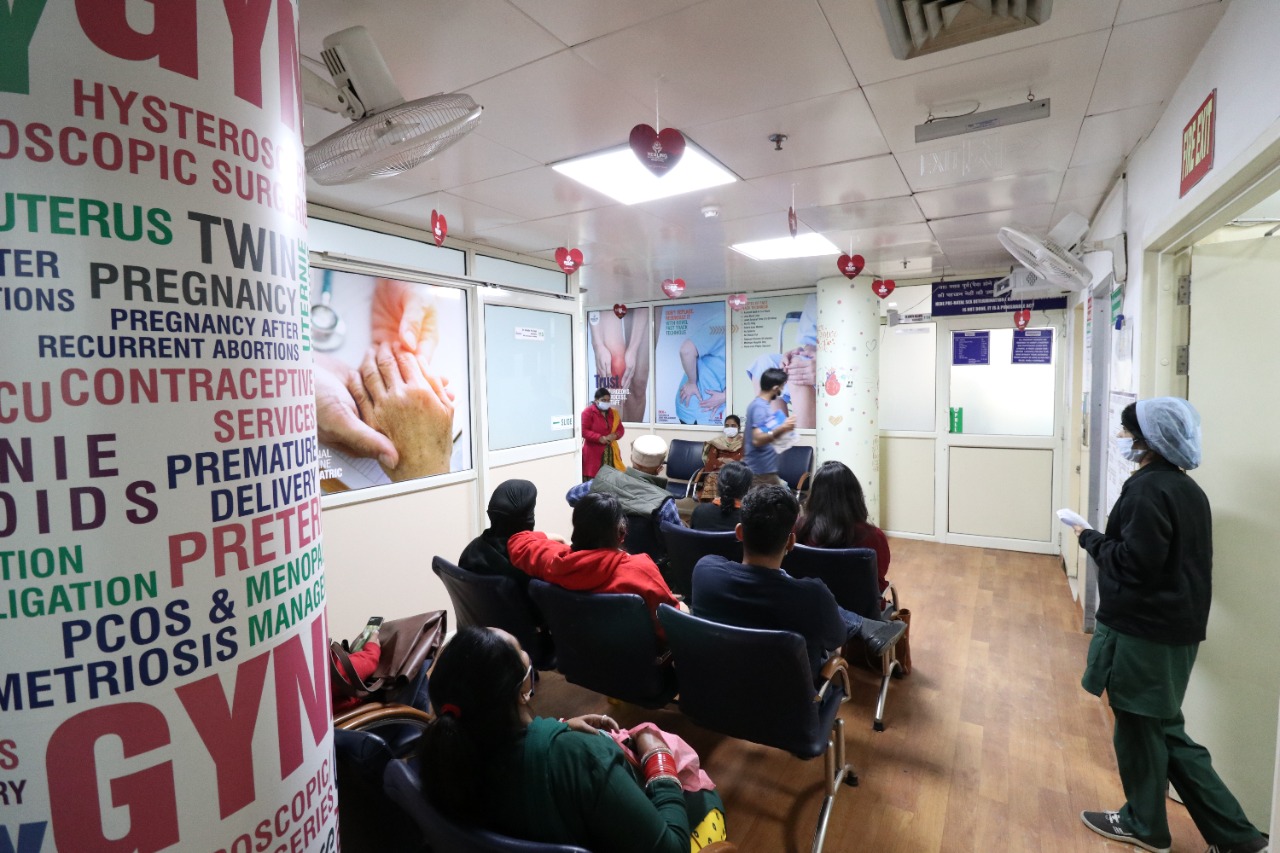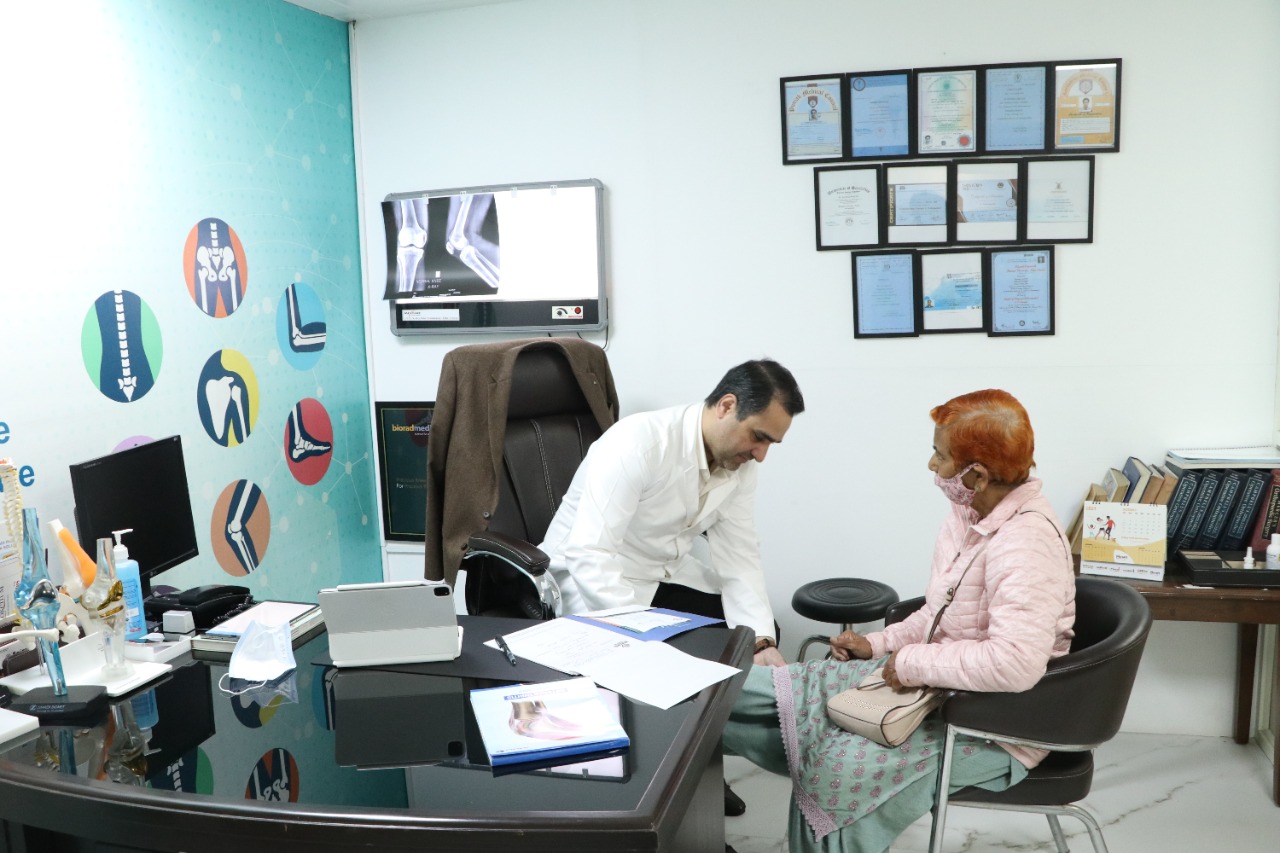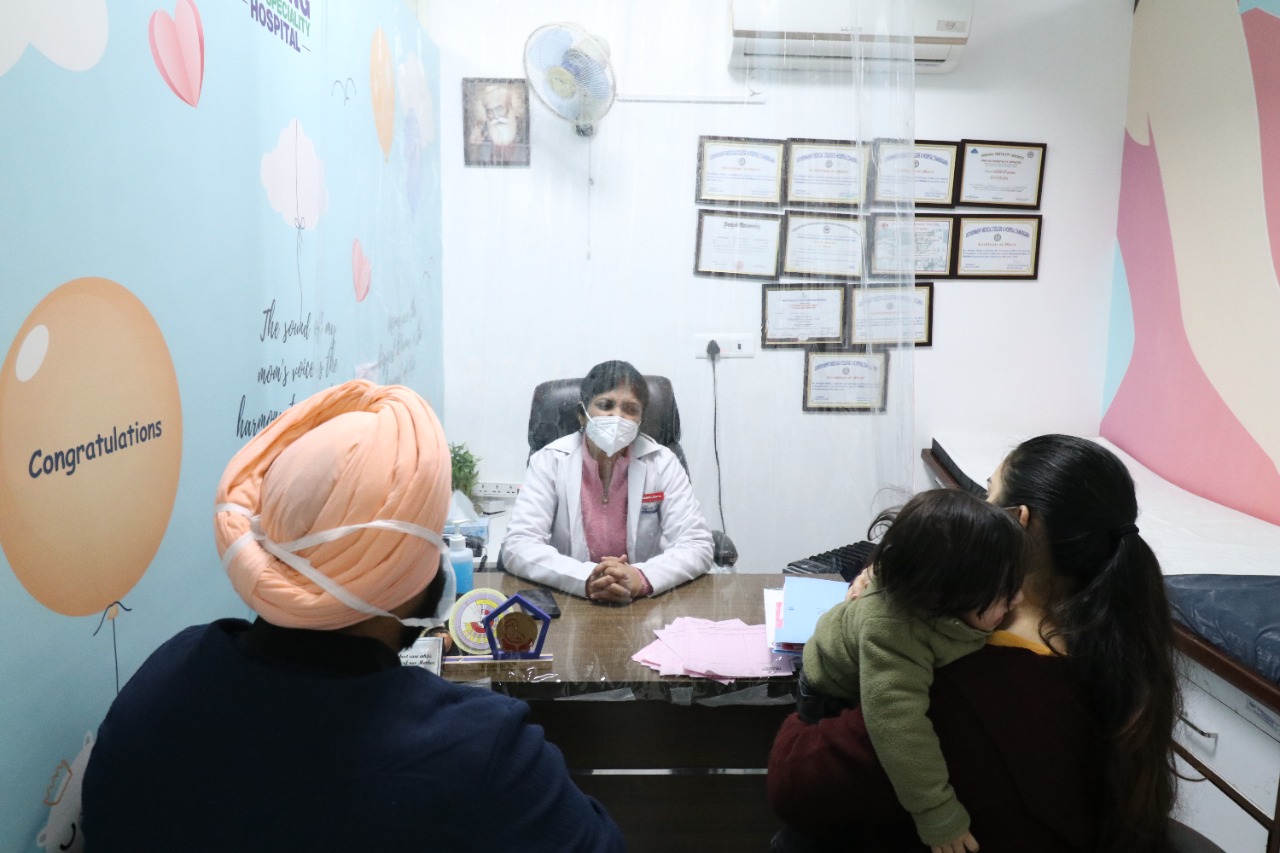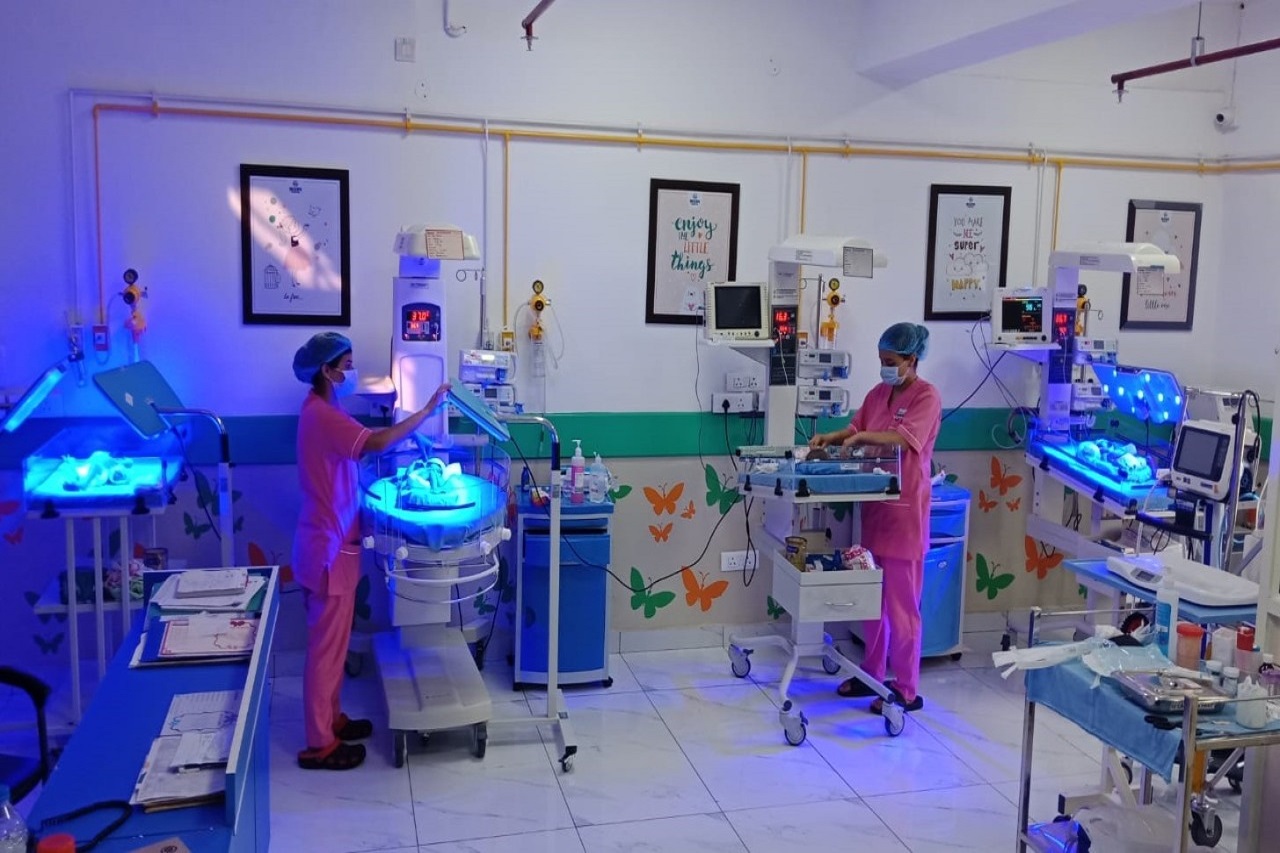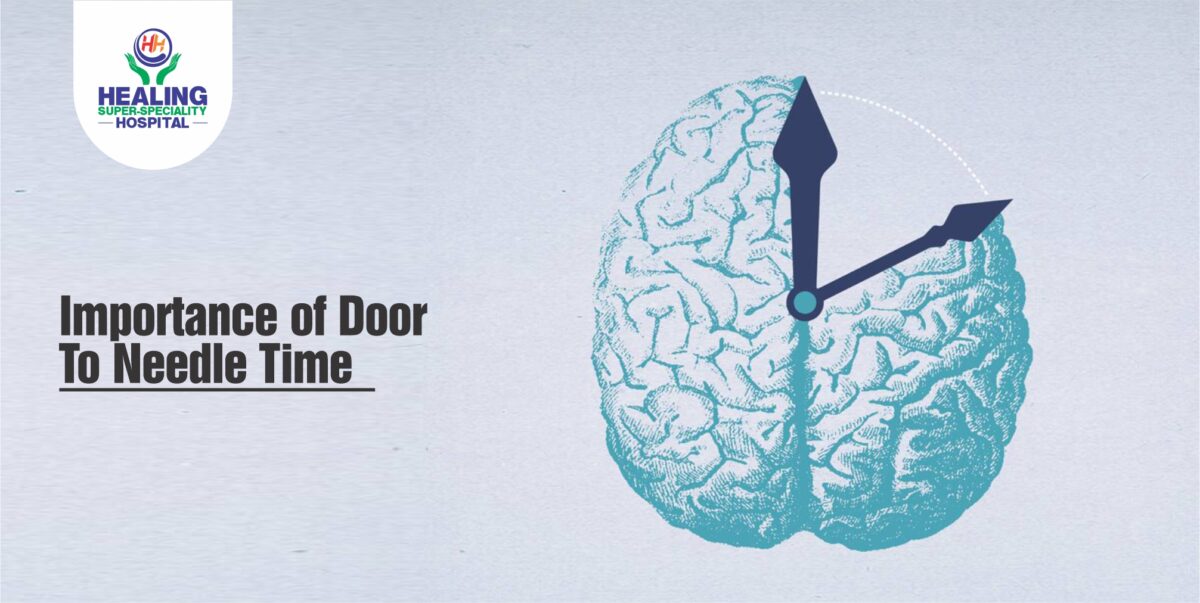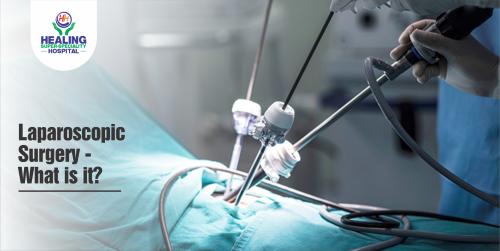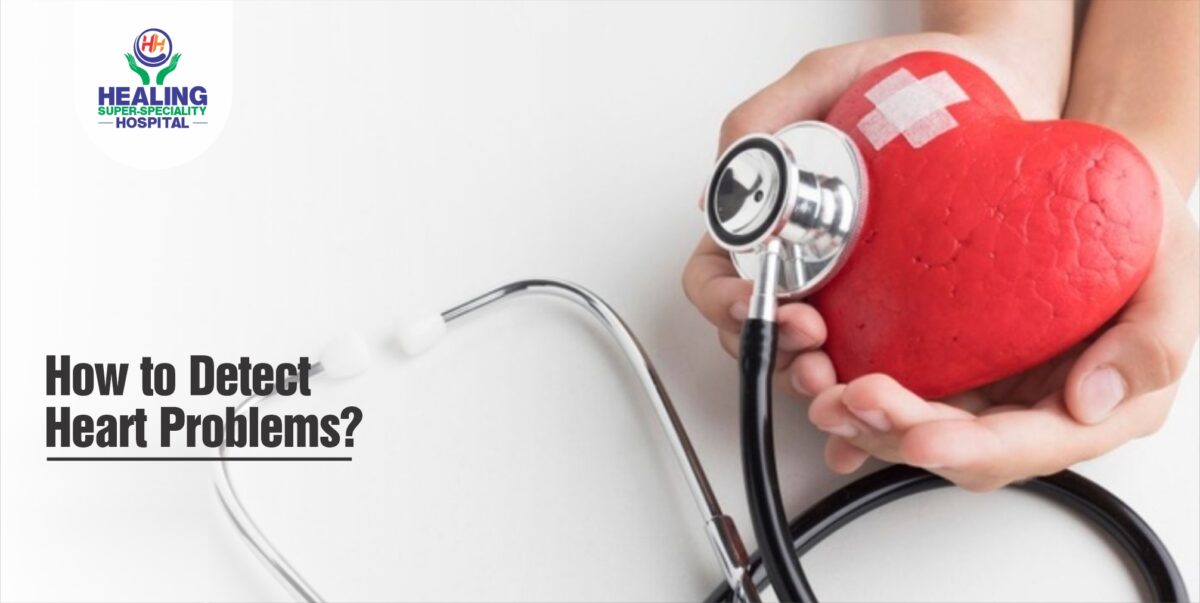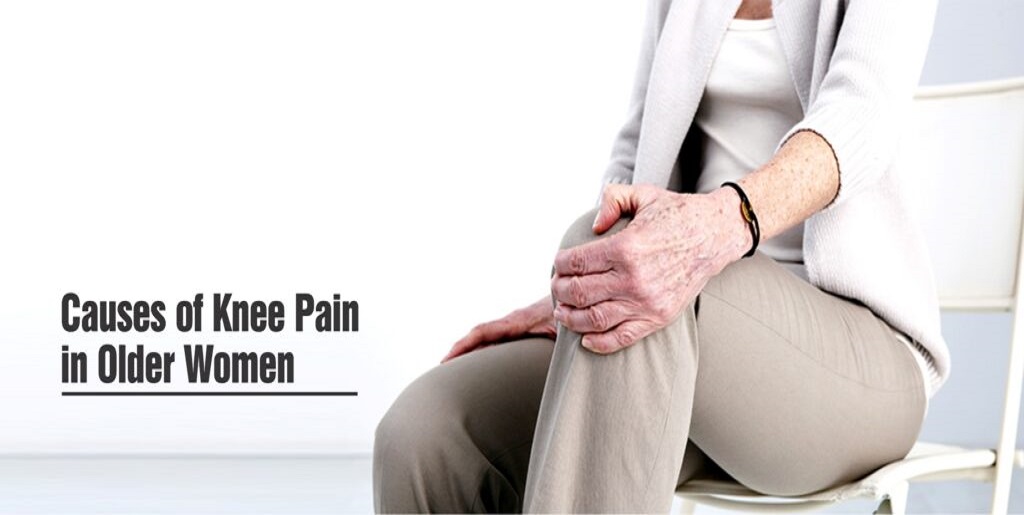What are Uterine Fibroids?
Also known as uterine myomas or fibromas, Uterine Fibroids are typically non-cancerous growths that develop inside the uterus. These are most common in women aged between 30 and 40 years but can occur at any stage. Therefore, it is imperative to get in touch with the best gynecologist in Chandigarh to get timely treatment for this condition.
Causes:
Although, there is no exact known cause of Uterine Fibroids, certain risk factors can increase the probability of having them.
- Heredity or previous history of Uterine Fibroids in the family.
- Being overweight is another risk factor that promotes the growth of Uterine Fibroids.
- Early onset of menstruation or late menopause.
- An increase in the levels of estrogen and progesterone can stimulate the growth of Uterine Fibroids that makes pregnant women more prone to this condition.
- Vitamin D deficiency and lack of a balanced nutritional diet can also lead to the formation of fibroids.

Symptoms:
- Heavy menstrual periods with excessive pain.
- Abnormal vaginal bleeding between periods.
- Excessive pain in the abdomen or lower back during sexual intercourse.
- An increase in the frequency of urination.
- Enlargement of the uterus and abdomen.
- Although rare, infertility can also be a symptom of uterine fibroids.
If you experience any of the above symptoms, visit the best gynecologist in Mohali at Healing Hospital to get a thorough check-up for Uterine Fibroids.
Diagnosis:
- Pelvic examination will be conducted by your gynecologist to check any abnormality in the shape and size of the uterus.
- Your gynecologist can also ask you to get an ultrasound done in order to detect the presence of fibroids.
- A transvaginal ultrasound can also be performed to get a detailed image of the uterus.
- For in-depth images and minute details pertaining to the uterus, ovaries and other pelvic organs, a pelvic MRI can be recommended.
- Blood tests are also done to check for anemia in case you have abnormal bleeding.
- Hysterosonography is another diagnostic test that is performed to look for fibroids in the uterus and its lining. In this procedure, saline is inserted in the uterine cavity to enlarge it and get detailed images.
- Hysteroscopy can be conducted wherein a hysteroscope (a small telescope with a light and camera) is used to inspect the insides of your uterus as well as fallopian tubes.
Treatment:
- Observe and wait if the symptoms are mild and pain is bearable. Uterine Fibroids usually contract or diminish after menopause.
- Hormonal medications can be prescribed by your gynecologist to treat irregular menstruation or heavy bleeding caused by Uterine Fi broids.
- Gonadotropin-releasing hormone (GnRH) agonists can also be used as a line of treatment. They shrink the fibroids temporarily but cannot be considered a permanent solution.
- Over-the-counter pain medications such as acetaminophen and ibuprofen can be recommended by your specialist doctor to reduce the pain caused by Uterine Fibroids.
- Birth control methods such as intrauterine devices (IUDs) or oral contraceptive pills can be used to tackle symptoms such as unbearable menstrual cramps or heavy bleeding during periods.
- The latest treatment options for Uterine Fibroids include oral therapies such as Elagolix and Tranexamic acid. These treatment options assist in controlling heavy menstrual bleeding and can be used for up to 2 years.
Surgical intervention is advised by the gynecologist based on the number, size and location of the fibroids. While Myomectomy procedure involves removing the fibroids with incisions, Hysterectomy involves the complete removal of uterus. The latter is the only way to get rid of Uterine Fibroids completely.
The expert and knowledgeable team of female gynecologists at Healing Hospital can advise you the best possible treatment for your health condition. Visit us for any queries or call for an appointment.
FOR MORE INFORMATION AND APPOINTMENT CALL:
+0172-5088883, +91 9464343434









